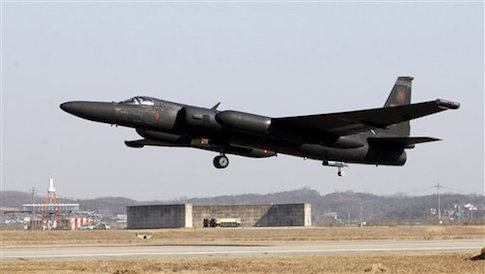Domestic aviation readiness across all four military services is at a detriment because of wavering budgets and a greater focus on overseas operations, military leaders testified Wednesday to Congress.
"We are about at the tipping point," Army Lt. Gen. Kevin Magnum, the deputy commanding general for Army Training and Doctrine Command, told the House Armed Services readiness subcommittee.
"I often describe aviation as a fragile ecosystem. In order to keep this ecosystem healthy and thriving, all the requisite parts need to be nourished and maintained. If any get out of balance for long, the whole system can begin to fray and collapse," he said, according to the Air Force Times.
Magnum testified alongside leaders from all four services, who called on Congress to increase funding for personnel, readiness, and maintenance after sequestration led to across-the-board budget cuts.
Rear Adm. Michael Manazir, the deputy chief of naval operations for warfare systems, said the fiscal constraints coupled with a high operational tempo, caused by extended deployments that demand a greater number of troops, have led to a "readiness deficit" that began in 2009.
"Provocations with state and non-state actors continue to cause instability in almost every region of the world," he said. "We continue to face challenges associated with balancing readiness for today and modernization for tomorrow’s fight. More of our force is being demanded, deployed longer than planned. Intended replacements are not keeping pace with attrition."
Marines have been forced to regularly transfer aircraft between units or cut the number of aircraft per squadron because there are not enough operational planes, said Marine Corps Lt. Gen. Jon Davis, deputy commandant for aviation.
"We can launch 42 percent — 443 aircraft — of our required 1,065 flightline inventory," he said. "We are still far short of what we need to be in the course of readiness; 42 percent is not good enough. It’s not good at all ... We’re in a deep hole and have a ways to go to climb out."
Davis said there has been an increase in the number of minor accidents that may be linked to insufficient training and maintenance.
Marine Corps flight leads previously received between 1,000 to 1,500 hours of experience, but cuts have reduced training to 500 and 600 hours. Davis said he was concerned his young aviators were not notching the number of hours needed to fly safely.
"We’re proficient, but we’re not as good as we need to be," he said.
